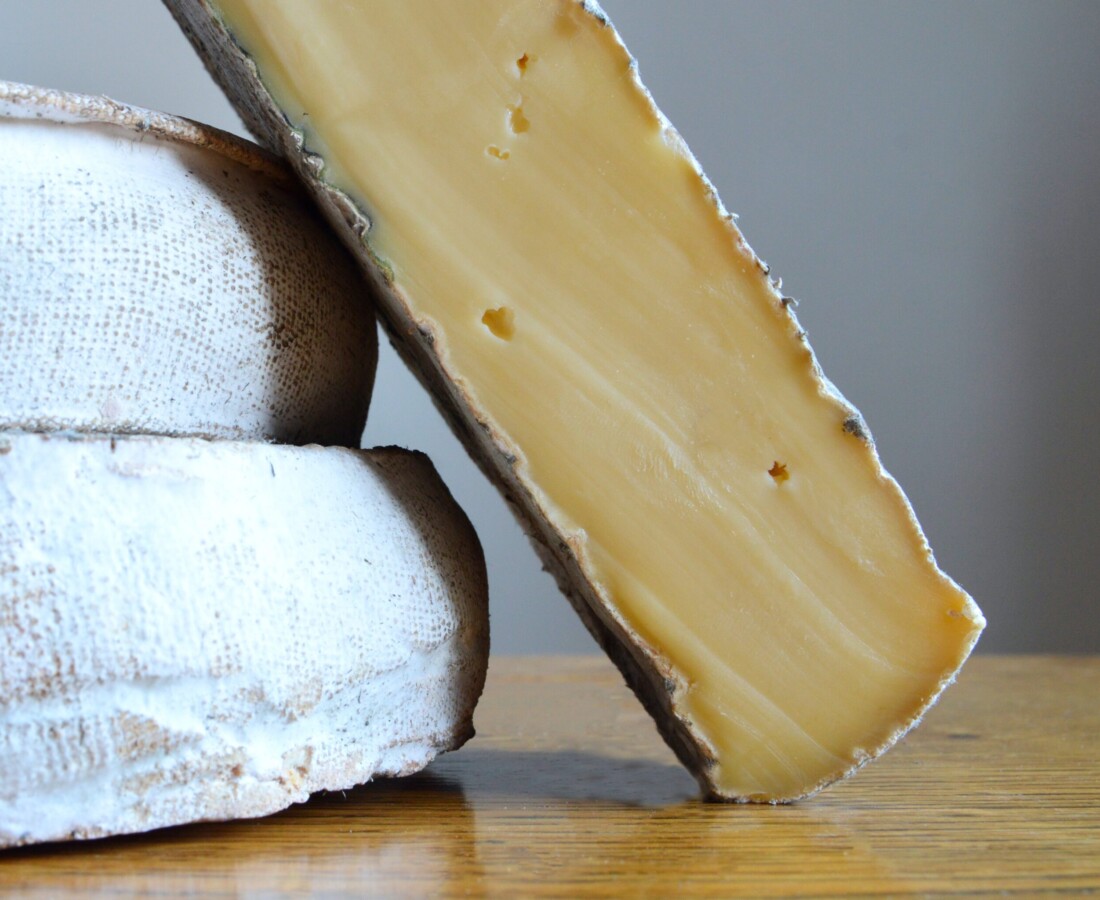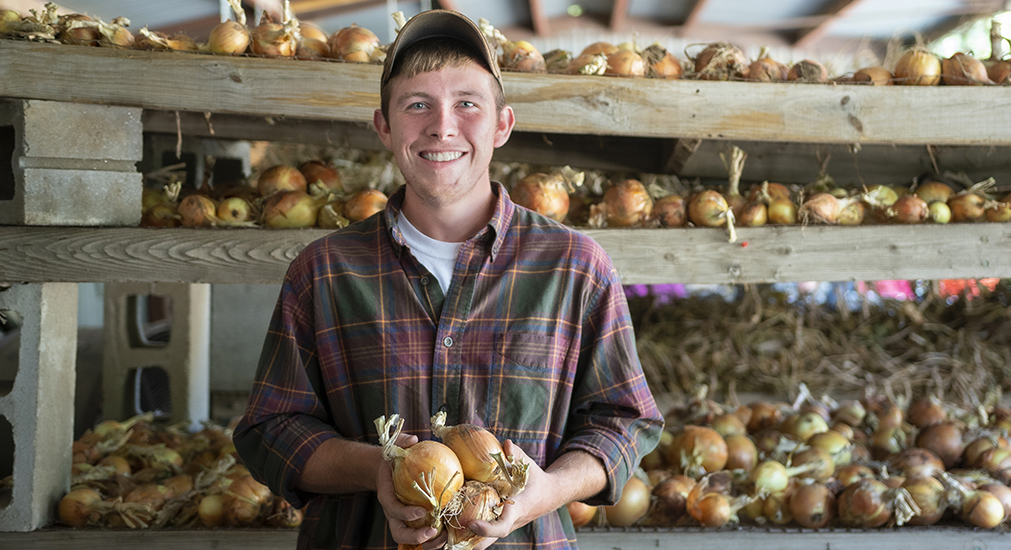Sales of specialty food items—those foods considered to be made from high-quality ingredients and produced in small quantities—increased 10.7% to a record $158.4 billion between 2017 and 2019—three times faster than the entire food and beverage industry—with cheese securing the position of highest retail sales.
However, with COVID-19 cancelling some of our more pleasureful activities, such as vacations, concerts, and restaurant dining, one of the side effects of the coronavirus pandemic was a decrease in spending on artisanal foods and increased spending on “inventory-rich” brands and items. Although specialty food producers and artisanal cheesemakers have faced industry-wide challenges since March, the upward trend is expected to return. One need only scroll for a moment through Instagram feeds like “charcuteriecheeseboard” or ogle Facebook’s “Show Me Your Charcuterie” (nearly 20,000 members strong) to see that our international love affair with delicious cheese is far from over.
New Artisan Cheese & Sensory Certificate from UVM
This fall, UVM is launching its new Artisan Cheese & Sensory Fundamentals Professional Certificate, designed for cheesemaking hobbyists seeking to deepen their knowledge and skill, aspiring cheesemakers who wish to grow and professionalize, chefs and restaurant staff looking to enhance their expertise, cheesemongers looking to learn more about cheesemaking and sensory evaluation, and other food systems professionals.
UVM recently hosted a free info session on its new offering, led by program instructor Mary Tuthill, a graduate of the Culinary Institute of America, an American Cheese Society Certified Cheese Professional, a former Specialty Team Leader for Whole Foods Market, and currently the Head Cheesemonger and Retail Manager of Mad River Taste Place.
UVM’s new, fully online certification program was created to:
- Share the expertise of Vermont’s award-winning cheesemakers
- Help beginning cheesemakers, cheesemongers, and other people working within the food system
- Introduce students to the various career pathways in the cheese industry
- Equip students with the ability to conduct sensory evaluations for different types of cheese
Program modules include an overview the main ingredients, including types of milk, rennet, and cultures; making cheese, rind development and aging; cheesemaking as a profession; an overview of sensory evaluation; and a final presentation.
What Is “Sensory Evaluation”?
The sensory characteristics of cheese are those that are perceived by the human senses during its consumption. Those properties can be broken down by appearance, flavor, aroma, and texture. There are a variety of possibilities, as the sensory characteristics can be influenced by what type of milk was used, diet, various molds allowed to grow on the cheese, where it was stored, what types of herbs or spices or flavorings were added, maturation times—the diversity of flavor is considerable, but the ability to recognize and identify what makes a quality cheese is one of the aspects of the course that’s most exciting to Tuthill.
 “It gives you an idea of how to use flavor descriptors, which I really enjoy,” Tuthill said. “It’s such a great thing when you’re looking for cheese and buying cheese to be able to go in and say, I want something that’s nutty or I want something that has brothy flavors or I want something that has roasted hazelnuts—you’ll know all these things to really understand what types of cheeses are going to give you those flavor profiles and how to put it all together.”
“It gives you an idea of how to use flavor descriptors, which I really enjoy,” Tuthill said. “It’s such a great thing when you’re looking for cheese and buying cheese to be able to go in and say, I want something that’s nutty or I want something that has brothy flavors or I want something that has roasted hazelnuts—you’ll know all these things to really understand what types of cheeses are going to give you those flavor profiles and how to put it all together.”
The Final Project and the Significance of the “Sell Sheet”
Learning will culminate in a final presentation where students will present on a cheese of their choosing. Students will complete activities each week that build-up to the presentation, which will include students creating a one-page professional sell sheet for the cheese, along with a full sensory evaluation.
For those working behind a cheese counter or selling as a cheesemonger, learning how to create and read a sell sheet will provide you with a professional advantage—more familiarity with the product and the ability to communicate effectively and persuasively with your customers. But for small-batch cheesemakers looking to expand their business, a professional sell sheet can mean the difference between business success and falling through the cracks.
As the Specialty Team Leader at Whole Foods Market, Tuthill realized that the artisanal cheeses without a fully developed sell sheet were the ones that didn’t move off the shelves. “If you didn’t have a way to describe your cheese—it just got overlooked,” she said. “If you’re making cheese and hoping to sell it to a larger audience, this will give you the materials and information about how to make it more marketable and show you how to be able to speak clearly to mongers and other industry professionals about why your cheese tastes so good.”
Learn more about UVM’s Artisan Cheese & Sensory Fundamentals Professional Certificate.




